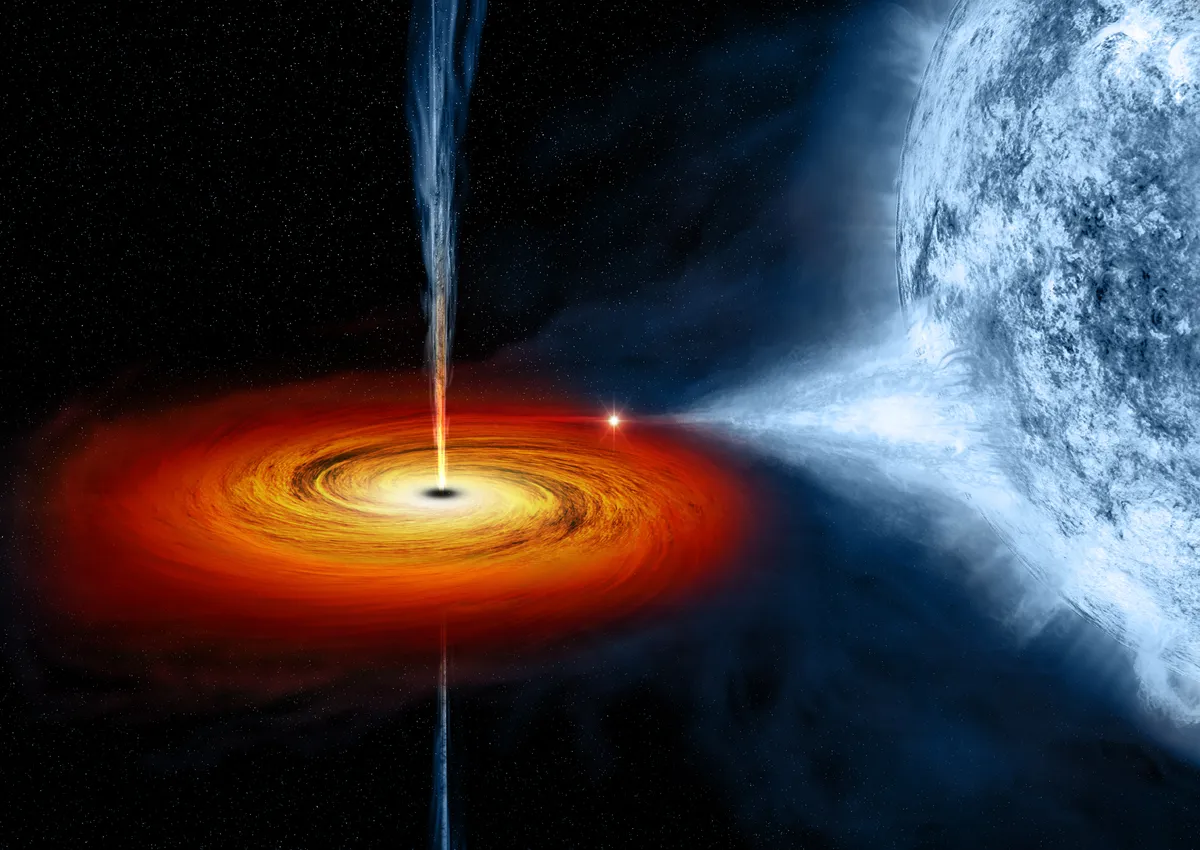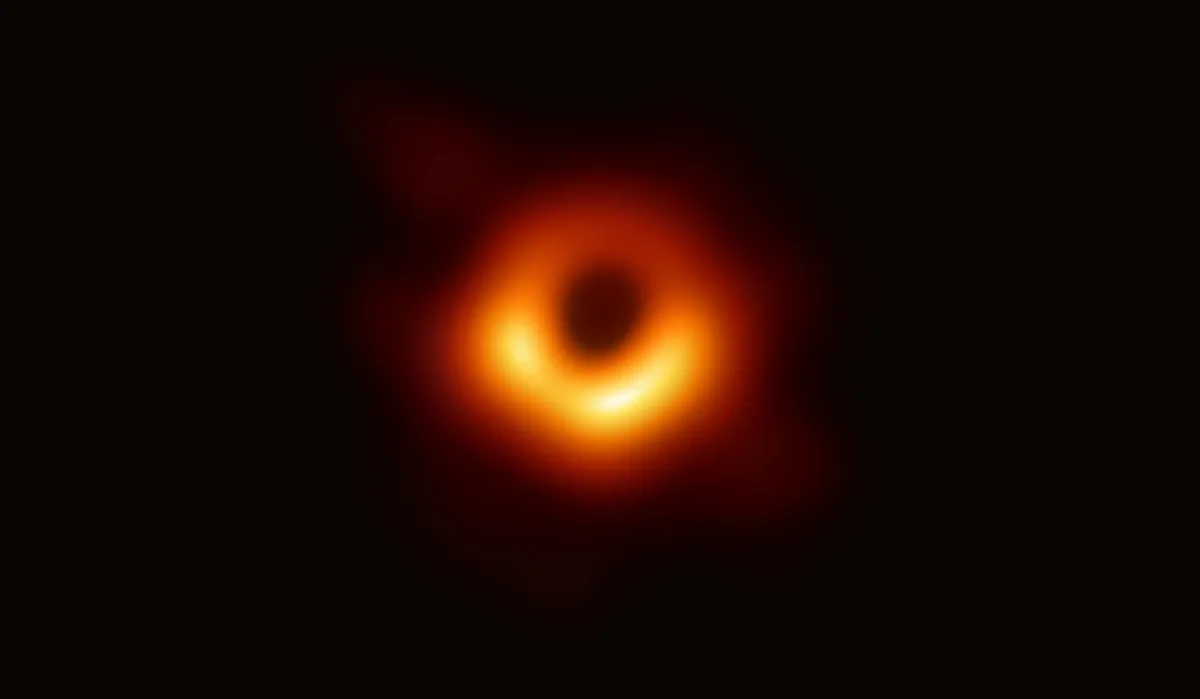Black holes are among the most mysterious objects we know of in the Universe, but how were they first discovered?
A black hole is an object in space that's so dense, not even light can escape its gravitational pull, which you might think would make them pretty hard to find.
The first prediction of anything resembling a black hole goes all the way back to John Michell, over 200 years before black holes were first discovered, according to astrophysicist Becky Smethurst.

"It was a chap called John Michell. He was a priest by day, an astronomer by night, one of those classic figures of early science," she told BBC Sky at Night Magazine.
"And he came up with the idea of an object so dense that light couldn't escape it. He was musing on the ideas of gravity."
The concept of a black hole was later popularised via Einstein's theory of relativity, and then further advanced more recently by people like Roger Penrose and Stephen Hawking.
Black holes first discovery

The first object discovered widely accepted as a black hole is known as Cygnus X-1, a discovery made by Paul Murdin and Louise Webster in 1971.
As its name suggests, it’s an X-ray source in the constellation of Cygnus.
X-rays don’t penetrate Earth’s atmosphere, so astronomers discovered it using a rocket launched to the edge of space in 1964.
The system in question is home to a supergiant star known as HDE 226868.
However, a star alone could not be producing the huge quantities of X-rays observed.
More careful observations at the start of the 1970s revealed the influence of a hidden companion pulling the invisible puppet strings: a black hole.
Not that the situation was immediately obvious.

The Cygnus X-1 black hole debate
Cygnus X-1 was the subject of a bet between Kip Thorne, who argued for a black hole, and Stephen Hawking, who argued against it.
The bet wasn’t settled in Thorne’s favour until 1990, but to this day there is still only circumstantial evidence for a black hole in the Cygnus X-1 system.
The first direct evidence of black holes came when the LIGO team discovered the first gravitational waves from colliding black holes in 2015.

That was followed in 2019 by the first photograph of a black hole, or rather its shadow.
A network of radio telescopes across the world were able to capture the light being bent around the supermassive black hole in the heart of M87.
Now no one can doubt the existence of these (mostly) invisible giants.
Click here to read about a most distant black hole imaged at X-ray wavelengths
